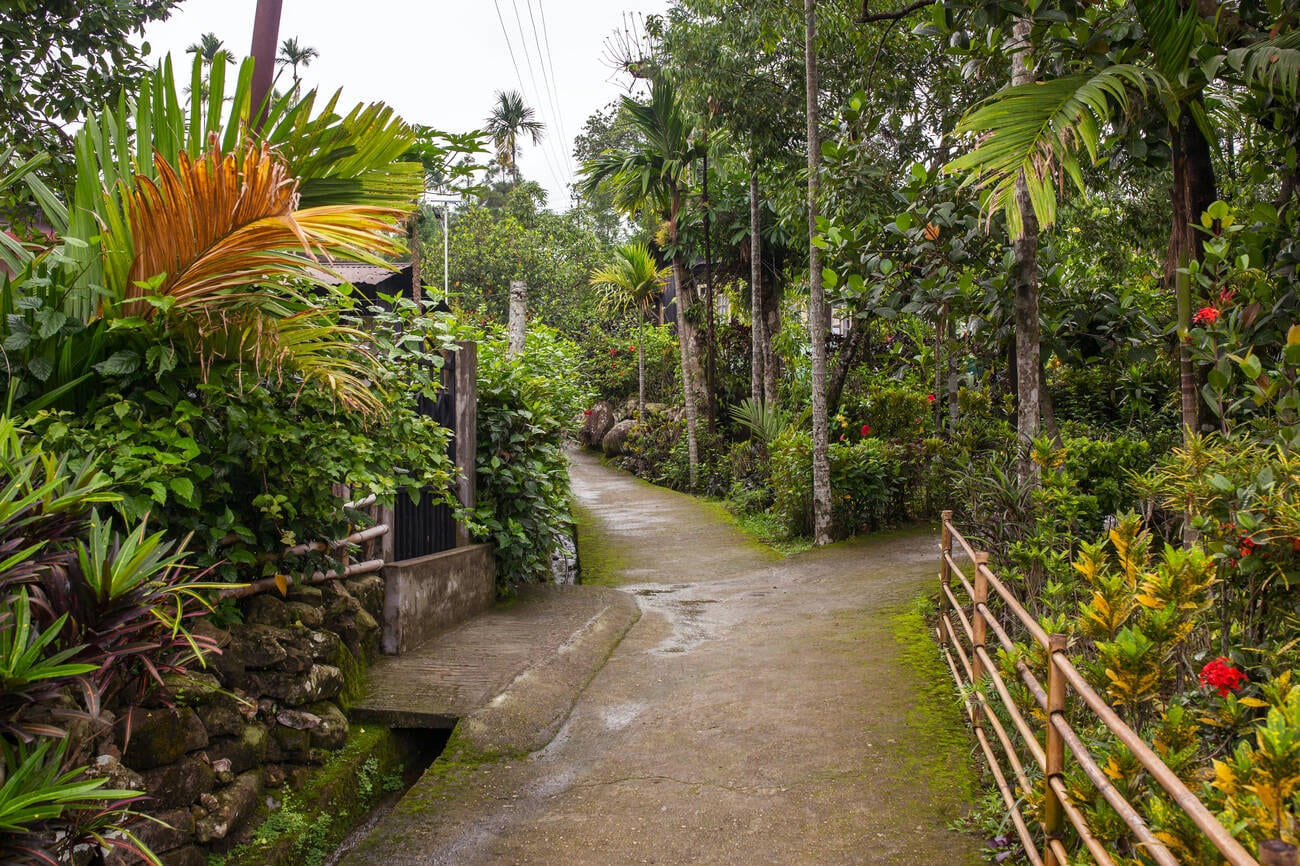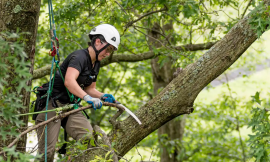Mawlynnong Village is a small, beautiful village located in the East Khasi Hills of Meghalaya, a state in northeastern India. Known as the cleanest village in Asia, Mawlynnong has gained global recognition for its extraordinary cleanliness and well-maintained surroundings. The village stands as an example of environmental sustainability and community-driven efforts, inspiring many people from around the world. In this article, we will explore the unique aspects of Mawlynnong Village, including its cleanliness, culture, and the way the community has come together to preserve the environment.
Location and Accessibility
Mawlynnong is situated about 90 kilometers from Shillong, the capital city of Meghalaya. The village is easily accessible by road from Shillong, with a drive that takes about 2-3 hours. The road leading to the village is well-maintained, making the journey smooth and pleasant. Nestled amidst the lush greenery of Meghalaya, Mawlynnong offers stunning views of the surrounding hills, dense forests, and waterfalls. Its serene and peaceful atmosphere makes it a perfect getaway for nature lovers.
The Cleanest Village in Asia
One of the key reasons Mawlynnong is so famous is because of its cleanliness. In 2003, it was officially declared the cleanest village in Asia by the Discover India magazine. What makes the village stand out is the collective effort of its residents to keep the area spotless. Every person in the village, from young children to the elderly, takes part in cleaning the streets, houses, and public spaces.
The villagers believe that cleanliness is a matter of pride. The entire village is garbage-free, and there are no plastic waste materials scattered around. Instead, the community has set up separate bins for biodegradable and non-biodegradable waste, which are collected and disposed of properly. The villagers also follow strict rules against littering, and everyone is encouraged to recycle and compost waste.
The village uses traditional methods like bamboo baskets for carrying waste, and the residents make sure to sweep their homes and surroundings regularly. The village also has a unique practice of creating bamboo dustbins that are placed at different locations to ensure that trash is always disposed of properly.
Green Initiatives in Mawlynnong
Mawlynnong Village has made significant efforts in promoting environmental sustainability. The villagers have embraced several green initiatives, which have helped them maintain their eco-friendly lifestyle. For example, the community practices organic farming, where they grow a variety of vegetables, fruits, and rice without the use of harmful chemicals. This not only ensures a healthy and clean environment but also supports their self-sufficiency.
The village is also home to a beautiful bamboo treehouse, which is a symbol of their commitment to using natural and sustainable materials. The treehouse is built using bamboo, a locally available resource, and is used by tourists for staying during their visit to the village. The use of bamboo in construction helps reduce the environmental impact and adds to the rustic charm of the village.
Additionally, the villagers rely on rainwater harvesting systems to collect and store water for daily use. This not only conserves water but also ensures that the community has access to clean and safe water, even during dry spells. This practice has made Mawlynnong an example for other villages in the region.
The Role of the Community
The key to the success of Mawlynnong Village in maintaining cleanliness and sustainability is the strong sense of community. The people of Mawlynnong take pride in their village and work together to maintain its beauty. The elders, along with the younger generation, play an active role in educating children about the importance of keeping the village clean.
In Mawlynnong, every resident understands that their actions have an impact on the environment. This collective responsibility is what makes the village so unique. The villagers share a common belief that preserving their surroundings is essential for their well-being and the well-being of future generations.
The community also plays a vital role in tourism, as many tourists visit Mawlynnong to experience its pristine environment. The villagers welcome tourists with open arms, and some of them offer home stays, allowing visitors to experience the local way of life. However, the villagers have also set rules to ensure that tourism does not negatively impact the environment. They have made it clear that visitors must respect the cleanliness of the village and follow eco-friendly practices during their stay.
Tourism in Mawlynnong
Mawlynnong Village has become a popular tourist destination due to its unmatched cleanliness and natural beauty. Tourists visit the village to witness its eco-friendly initiatives, explore its scenic surroundings, and learn about the local culture. The village offers a unique opportunity for travelers to experience rural life in a way that is both authentic and sustainable.
The main attractions in Mawlynnong include the village’s clean streets, lush gardens, and the famous living root bridges nearby. The living root bridges are a remarkable example of nature’s ability to adapt to human needs. These bridges are created by guiding the roots of fig trees across rivers, and they are considered a symbol of Meghalaya’s deep connection with nature.
Mawlynnong also has a beautiful viewpoint from where visitors can get a panoramic view of the surrounding hills and valleys. From here, one can see the Bangladesh border in the distance, making it a popular spot for photography.
In addition to sightseeing, tourists can enjoy traditional Khasi food and experience the local culture by participating in various festivals. The Khasi people are known for their warm hospitality, and visitors often feel welcomed by the villagers. Some villagers also offer their services as guides, helping tourists explore the village and surrounding areas.
Challenges and Future
Despite the tremendous success of Mawlynnong in maintaining cleanliness, there are still challenges to be faced. As tourism grows, the village must continue to manage the increasing amount of waste and ensure that eco-friendly practices are followed by all visitors. There is also a need to balance the growth of tourism with the preservation of the environment, as an increase in the number of visitors could put pressure on the village’s resources.
The village is working to tackle these challenges by educating both residents and tourists about sustainable practices. The local authorities and community leaders are also exploring ways to improve waste management systems and promote eco-friendly tourism in the long run.
Conclusion
Mawlynnong Village serves as an inspiring example of how a small community can come together to create a cleaner, more sustainable environment. Its remarkable cleanliness, eco-friendly practices, and strong sense of community have made it a role model for other villages and towns in India and around the world. As tourism continues to grow, Mawlynnong’s commitment to sustainability will ensure that it remains a beautiful and clean place for generations to come. Visitors to Mawlynnong leave with not just memories of a pristine environment, but also a deep appreciation for the power of community-driven initiatives in preserving nature.




